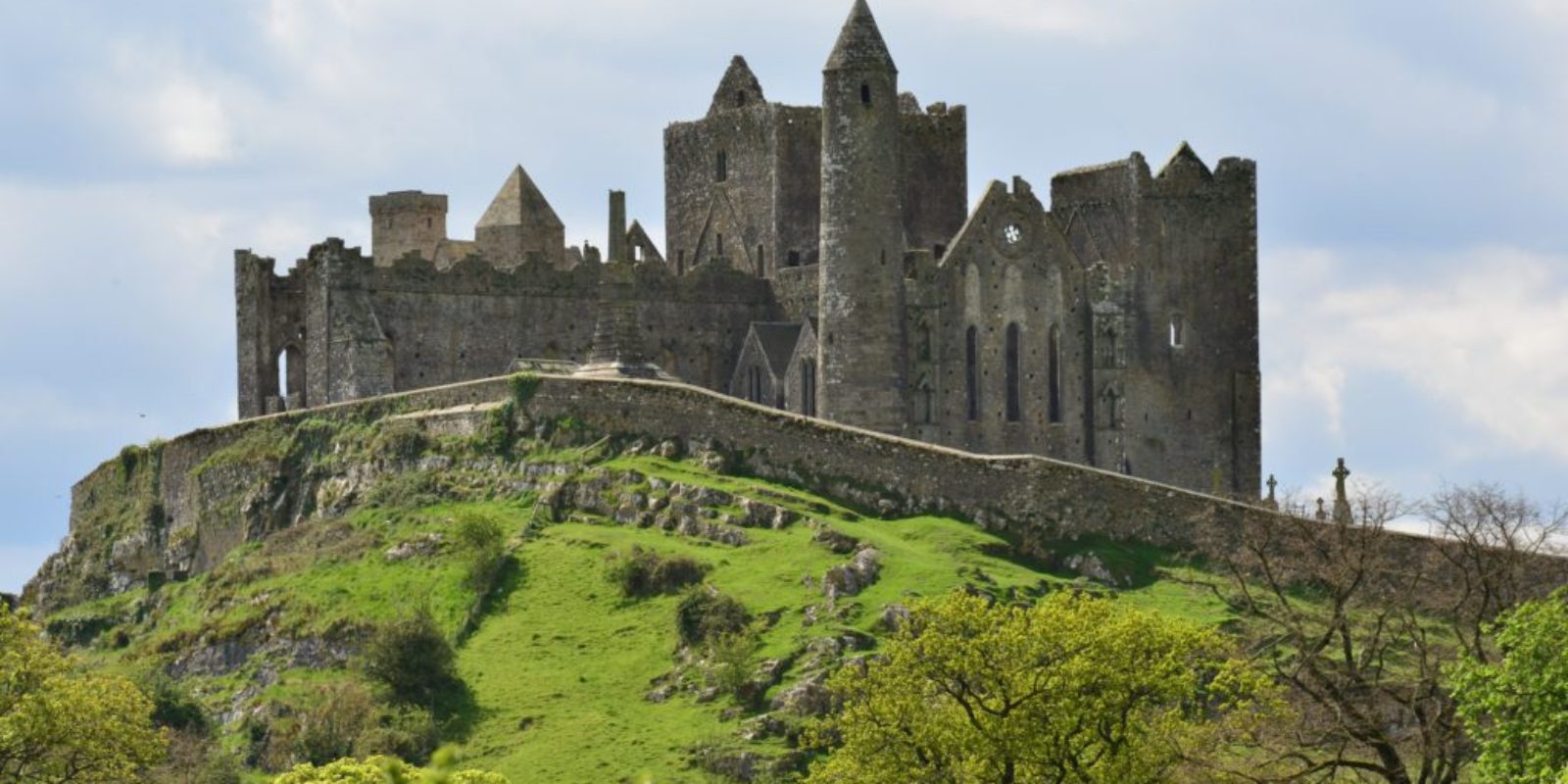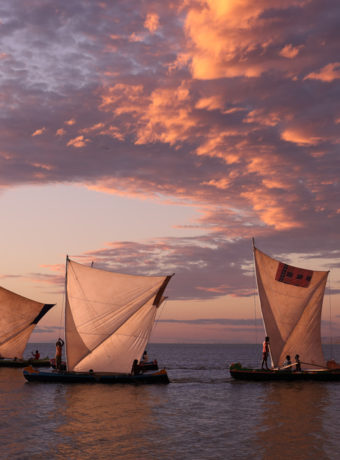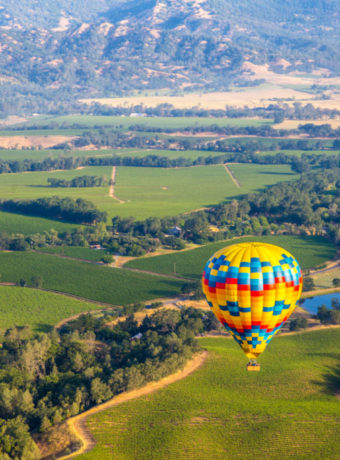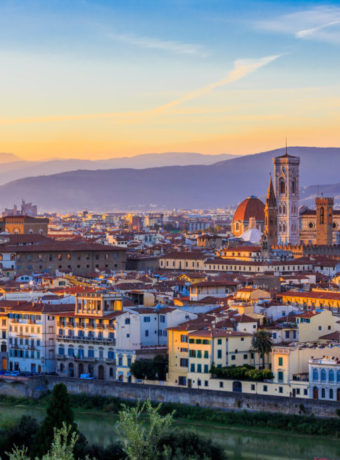Ireland’s Wild Atlantic Way might draw visitors to the small island, but the myths and legends of Ireland’s Ancient East certainly keep them there. There’s ancient burial tombs, remote stone circles, stories of Robin Hood-style robbers, and crumbling castles with plenty of scandalous history.
Ireland’s Ancient East
Ireland’s Ancient East extends from north of Dublin to the southern coast, and about halfway across the country into the lake district. It encompasses the Boyne Valley, Dublin, and Cork. There are medieval clock towers, Neolithic tombs, and hundreds of ancient abbeys. While “ancient” means different things to different people, here it is the history of Ireland – from the prehistoric to the late medieval.
The history of Ireland

Irish history begins in the Mesolithic era. This is approximately 10,000 years ago. There is, however, potential evidence for even earlier settlement. Tools and bones found in County Clare aren’t entirely indicative of human inhabitation – just nomadic movement. Mesolithic hunters arrived in Ireland in 8,000 BCE; this paved the way for permanent Neolithic settlements by the 5th century BCE. Places like Knowth, Dowth, and Newgrange are well-known for their Neolithic heritage. Neolithic culture spread across much of Ireland.
The Bronze Age came about around 2,000 BCE. Artefacts from this time period include ornamental jewellery, tools, and more. The knowledge of metal-working came from mainland Europe. Around this time, the climate deteriorated and the Irish had to destroy their forests for farmland. This was a common occurrence across the Atlantic islands (Scotland, Wales, England) at this time.

Celtic culture spread across Ireland during the Bronze Age and into the early 1st century BCE. The Celtic Age began in 500BCE. This is also commonly referred to as Pre-Christian Ireland. The Celts were an Iron Age people and used iron in addition to bronze in both weapons and utensils. Geneticists and other researchers agree that the gradual spread of the Celts absorbed – not conquered – the Iron Age inhabitants. The combination of Iron Age Irish and Celts eventually created a Gaelic culture. Celtic culture was also divided by kings. There were a lot of Irish kings; some had a lot of control while others pledged allegiance to a higher king.
Christian Ireland

The Celts ruled Ireland until the 400s AD, when Christianity spread into Ireland. The Romans conquered Britain (but not Ireland or Scotland) in 43AD. The Irish established colonies in Roman Britain, but were subsequently defeated. The first Christian missionary into Ireland was Palladius, and the second was Patrick. We do all know St Patrick, who was immensely successful in creating a Christian Ireland. His influence created a network of churches and monasteries across Ireland. Celtic societal structure broke down into kings, then lords, and then commoners. The Celtic structure remained but they were now Christian.

Viking invaders arrived in two waves. The first was in 795 AD, when they attacked Rathlin Monastery in the north. Vikings also established settlements along the eastern coast, using the rivers to attack inland before retreating to their fortresses. The final wave of Viking invasions occurred in 950AD, however rather than disperse they settled into their towns and became traders. Of the towns that Viking invaders helped to settle, the most famous are Dublin, Wexford, and Limerick.

The Normans invaded in 1167, but King Henry II wasn’t satisfied. In 1171, he became the first King of England to set foot on Irish soil. Accordingly, he sought control, and gave a portion of the country to his brother, John, as “Lord of Ireland.” Henry died, though, and John became King of England – and Lord of Ireland. For the next hundred or so years, the Normans and English dually controlled Ireland. By the 15th century, Ireland was almost fully under English control. Ireland remained under English rule until 1922.
What to see in Ireland’s Ancient East
With so many cultures exerting influences on this tiny island, it’s no wonder that there are so many unique structures. They span from Neolithic tombs and Christian monasteries to Viking longhouses and English castles. Touring the Ancient East takes time, especially if you want to see a lot. Popular attractions include the Rock of Cashel, Selskar Abbey, Trim Castle, and St. Columba’s Church. While there are countless tour operators who arrange trips (both day and multi day) across Ireland’s Ancient East, drivin yourself is another good option. As noted yesterday, when talking about the Wild Atlantic Way, there’s more freedom when you have your own car.

There are also plenty of manor houses in the east. Many of these were built in the 16th and 17th centuries by English lords. Many have extensive gardens as well as ornate houses; a typical tour includes both the grounds and the interiors. One of these beautiful castles is a Virtuoso property, and in true luxury fashion my clients receive incredible perks.
Towns in this region include Dublin, Cork, Youghal, Waterford, Wexford, Limerick, and more. In addition to the rich history that’s found here, there is also extensive arts and culture. The culinary scene has exploded, and travellers in search of good food and wine will find it almost everywhere. Expect to see an emphasis on fresh produce, locally sourced meats, and freshly caught seafood.
**
|| Dublin || Northern Ireland || Wild Atlantic Way ||




